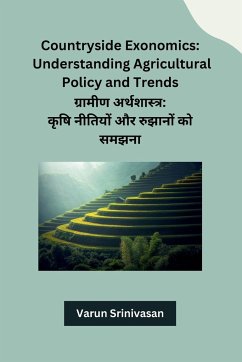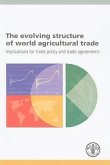Pre-Colonial India: Traditional Agriculture and Subsistence Farming The history of India's agricultural culture dates back centuries, evolving in a diverse and rich form from the pre-colonial era to the present day. In this era, the primary purpose of farming was to sustain livelihoods, and farmers produced crops using traditional practices and local knowledge. 1. Diverse Conditions, Diverse Crops: Due to the diversity of geographical conditions in pre-colonial India, different types of crops were grown in different regions. · Mountainous regions: Rice, maize, barley, wheat, and lentils were the main crops. · South India: Rice, coconut, banana, spices, and cotton were the main crops. · Ganges-Yamuna plains: Rice, wheat, lentils, oilseeds, and jute were the main crops. · Western India: Millets, sorghum, wheat, cotton, and oilseeds were the main crops. 2. Sustainable Agricultural Practices: Pre-colonial farmers followed sustainable agricultural practices that were in harmony with the environment. These included: · Crop rotation: Farmers rotated different crops in the same field to improve soil fertility and prevent pests and diseases. · Intercropping: Farmers planted different crops together in the same field to maximize land use and reduce the risk of crop failure. · Manuring: Farmers used manure from animals and plants to fertilize their fields. · Mulching: Farmers used plant residues to cover the soil to prevent erosion and retain moisture.







